Condorchem Envitech Offer
Although oily waters can be treated by means of dissolved air flotation (DAF) or with a biological process, using vibratory shear enhanced process (VSEP) membranes, Condorchem Envitech has developed an efficient and innovative technology based on vacuum evaporation.
The evaporation process is the only means to separate oil from water without having to pre-treat the effluent or requiring subsequent processes, as the water produced is of higher quality and can be reused directly.
Regarding the residues, unlike processes involving membranes, no other residual effluent is generated. A semi-solid residue is generated that, due to its composition, can be revalued in other processes, such as in an anaerobic co-digestion.
Another big advantage of the vacuum evaporation of oily effluents is its elevated capacity to adapt to the changing characteristics of the effluent under treatment, making this a robust and effective alternative.
In addition, as it operates in a vacuum, the energy consumption is contained, resulting in high energy efficiency. The equipment is compact and generally a large physical space is not required. It is easy to use and can be automated. This is definitely the main alternative for treating oily effluents.
Our evaporators
 ENVIDEST LT FC-2Double-Effect Electrical Vacuum Evaporator by Heat Pump
ENVIDEST LT FC-2Double-Effect Electrical Vacuum Evaporator by Heat Pump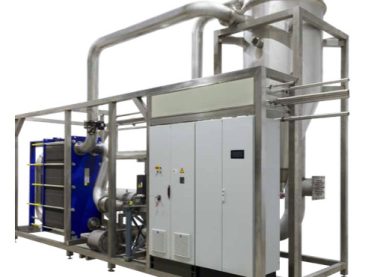 ENVIDEST MVR FC TFVacuum evaporators by mechanical vapour recompression and forced circulation
ENVIDEST MVR FC TFVacuum evaporators by mechanical vapour recompression and forced circulation ENVIDEST MFE 1Single effect thermal vacuum evaporators by forced circulation
ENVIDEST MFE 1Single effect thermal vacuum evaporators by forced circulation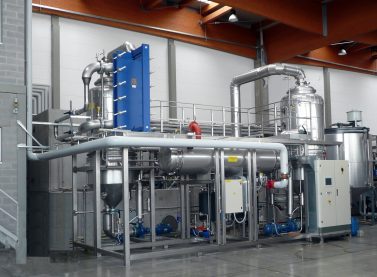 ENVIDEST MFE 2Double effect thermal vacuum evaporators by forced circulation
ENVIDEST MFE 2Double effect thermal vacuum evaporators by forced circulation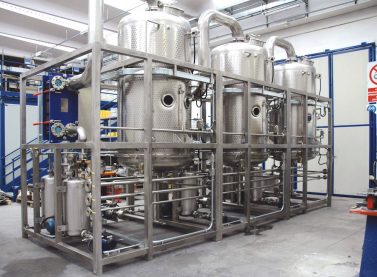 ENVIDEST MFE 3Triple effect thermal vacuum evaporators by forced circulation
ENVIDEST MFE 3Triple effect thermal vacuum evaporators by forced circulation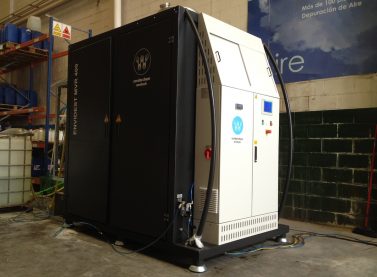 ENVIDEST MVR FFFalling film vacuum evaporators by mechanical vapour recompression and forced circulation
ENVIDEST MVR FFFalling film vacuum evaporators by mechanical vapour recompression and forced circulation ENVIDEST DPM 1Single effect thermal vacuum evaporators
ENVIDEST DPM 1Single effect thermal vacuum evaporators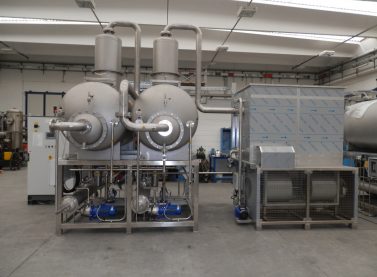 ENVIDEST DPM 2Double effect thermal vacuum evaporators
ENVIDEST DPM 2Double effect thermal vacuum evaporators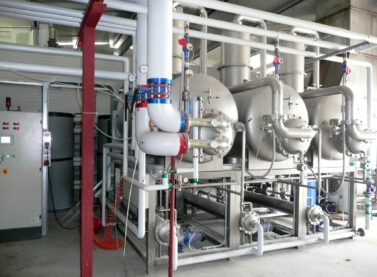 ENVIDEST DPM 3Third effect thermal vacuum evaporators
ENVIDEST DPM 3Third effect thermal vacuum evaporators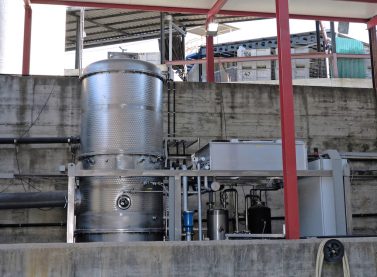 ENVIDEST LT VSHeat pump vacuum evaporators
ENVIDEST LT VSHeat pump vacuum evaporators ENVIDEST EAAtmospheric evaporators
ENVIDEST EAAtmospheric evaporators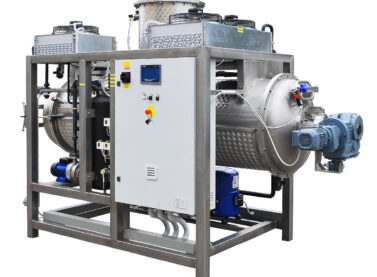 DESALT LT DRYHeat pump vacuum crystallizers
DESALT LT DRYHeat pump vacuum crystallizers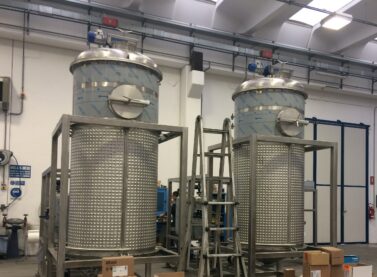 DESALT LT VRHeat pump vacuum crystallizers
DESALT LT VRHeat pump vacuum crystallizers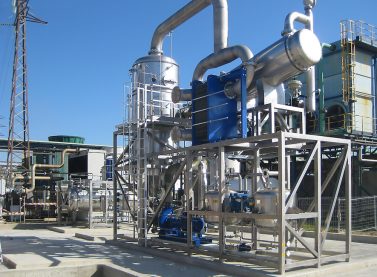 DESALT MFEThermal vacuum crystallizers by forced circulation
DESALT MFEThermal vacuum crystallizers by forced circulation DESALT VRThermal vacuum crystallizers
DESALT VRThermal vacuum crystallizers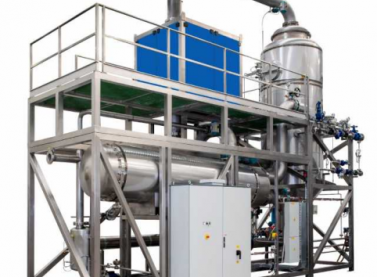 DESALT MVR FCVacuum crystallizers by mechanical vapour recompression and forced circulation
DESALT MVR FCVacuum crystallizers by mechanical vapour recompression and forced circulation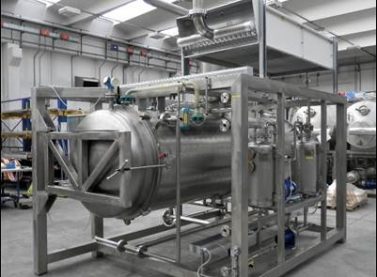 DESALT DRYThermal vacuum crystallizers
DESALT DRYThermal vacuum crystallizersConcept (need and benefits)
Oil and water do not mix. However, in certain relative proportions they can coexist as a more or less homogeneous solution, called an emulsion. Generally, in an emulsion there is a dispersed (minority) phase distributed in a continuous (majority) phase.
Numerous industrial effluents are formed by emulsions, where water is the major component and the oil appears as drops dispersed uniformly throughout the aqueous phase. The concentration and size of the oil drops depends on the agitation. If the emulsion is left to settle, the two components will tend to start separating because of the difference in density. Although, generally a perfect separation is not possible, and part of the oil drops will remain suspended in the water. There are compounds, the surfactants, that are emulsifiers (or emulgents) ie. they keep two immiscible substances mixed together.
These effluents formed by oily water should be treated appropriately if the intention is to discharge them into the public sanitation network or to reuse the water. There are various processes that achieve this objective; although, there is no suitable technique for all the situations that may arise, with the exception of vacuum evaporation, which is the most used due to its effectiveness.
Sectors and technologies
In many industrial applications oily emulsions are generated such as the case of:
- Cleaning waters contaminated with oils, fats and hydrocarbons
- Parts washing water in the degreasing process
- Water injected in boreholes to displace the oil
- Lubricant in mechanical processes used to reduce the wearing away of the metallic pieces.
- Water with mold release emulsion
- Rinse water in galvanic processes and surface treatment
- Water that carries liquids used in crack detection by penetration